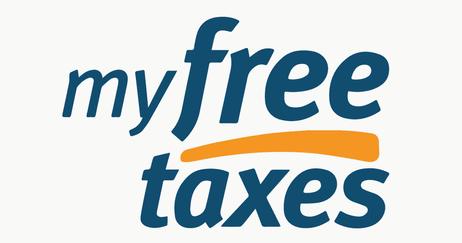April may still seem like a long way off, but it’s not too soon for many Americans to begin thinking about filing their tax returns. Tax preparation can be a complex business, and not everyone can afford to hire the services of a CPA to help them with the process. The good news is that help is available for those who cannot afford professional assistance, and it may be as close as your neighborhood community college. By enlisting the help of a college student who is majoring in the accounting field, you can get expert advice without paying a fortune for the service.
About VITA
Tax assistance at the local community college is generally offered through the IRS Volunteer Income Tax Assistance program, also known as VITA. According to the IRS website, this program is available to anyone who earns $50,000 or less and requires assistance filing their tax returns. The volunteers that work with VITA are trained in IRS guidelines and are IRS certified to offer tax advice on issues such as earned income tax credit, child tax credits, and other tax deductions.
Those that work on the community college campus are often accounting students from the school, but other volunteers may be working in that particular office as well. Many of this year’s VITA programs are already up and running, allowing many who qualify for the services a head start on this year’s tax return. Many offices provide free electronic filing, so those






























